InsightArt®
DE | EN
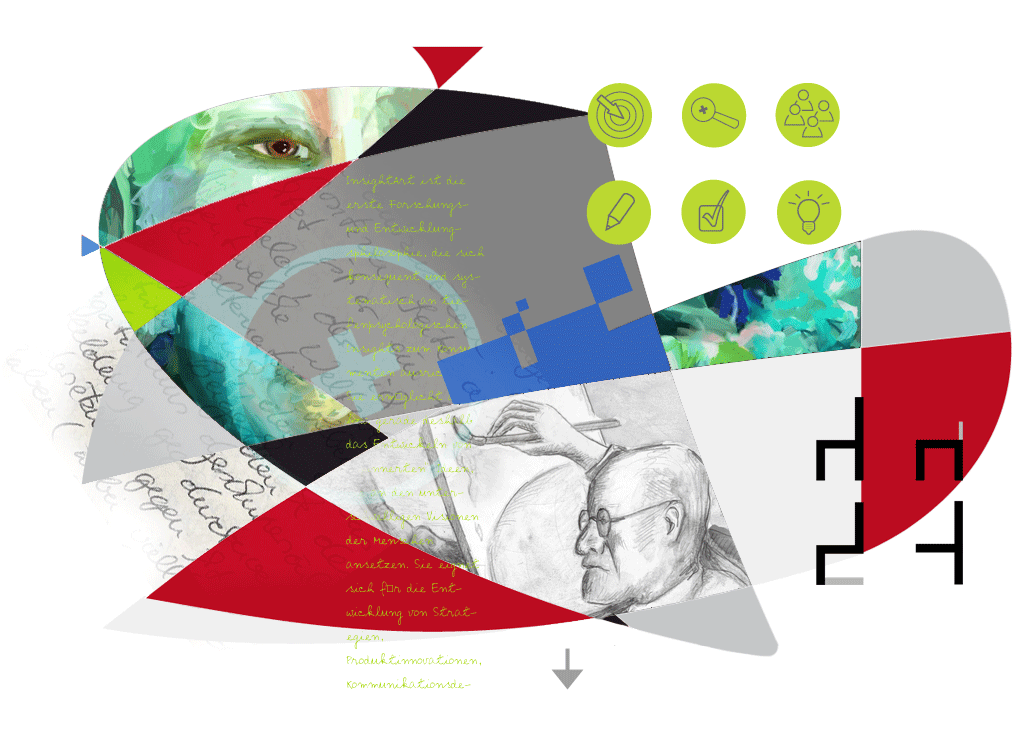
InsightArt® — our transdisciplinary research and development concept for innovation-led research and research-led innovation.
In the case of technical innovations, research and development takes place as a combined process in R&D departments. If creations are developed for individual customers — e.g. an architect designs a house for a customer — no market research is necessary because the architect himself is in conversation with his customer and only needs to know her individual needs.
Developing innovative solutions for larger target groups with whom you have no direct contact is more difficult. Market research, which determines consumer motives, and product or communication development are different specialized departments where direct interaction is no longer as easy as in direct customer contact.
InsightArt® brings the benefits of direct customer contact back to the specialized departments — with a mindset that brings research and development back together. Psychological analysis, UX and artistic research make it possible to gain insights in the name of creation. This makes it possible to create attractive products, smart solutions and convincing communication for consumers.
Interdisciplinary teams from all departments involved work together on research and development in an iterative and agile process. This means that many problems at the interfaces that are otherwise common do not arise in the first place. Trial & error loops are minimized.
Innovation Tools
InsightArt® is not a rigid method, but a mindset that is translated into an individual process design depending on the task at hand. Various development tools can be used for this:
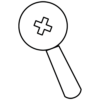
InsightArt®research
InsightArt®research is not traditional market research. It consistently places itself at the service of the development process.
more…
Using psychological methods and artistic research, it creates the pivotal point for the innovation process — or is embedded in agile and collaborative creation processes, e.g. in InsightArt®consumerLabs (iterative development and testing/analysis of mockups).
less…
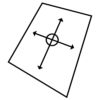
InsightArt®map
We map the innovation space for you, the space of the possible. It forms the search field for the most promising ideas.
more…
Depending on the task, the map contains the relevant needs or positioning directions for your offers. It is an orientation aid, inspiration and evaluation matrix for the innovation and creation process.
less…
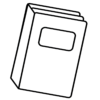
InsightArt®manual
The manual summarizes all the basics that are relevant to the development process.
more…
Here you will find all insights from InsightArt®research systematically prepared, as well as all strategies and suggestions for the creation process. For design development, the manual also contains mood boards and prototypical design drafts.
less…

InsightArt®character
Characters are ideal-typical, sensual-visual representations of target groups, lifestyles, design styles, positioning directions or usage constitutions.
more…
For target groups these are e.g. personas, lifeworld collages and interest clouds, or for design styles e.g. boards of colors, shapes, symbols etc.
less…
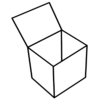
InsightArt®props
Properties are the equipment with which you start the innovation process. They contain the strengths and potentials of the company, the corporate or brand image, skills, opportunities and heartfelt concerns of the employees.
more…
We assume that innovations are only successful if they are based on the strengths of the company and all those involved stand behind the project.
less…
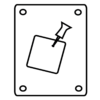
InsightArt®teamLab
In teamLabs (experimental development workshops), ideas are developed in teams. They are designed in such a way that participants can break away from the existing, but the core task is always in focus.
more…
The insights from InsightArt®research are already “built in” to the task and the creative tools. The participants can concentrate on the development of ideas in a creative and playful way.
less…

InsightArt®keys
In a kind of toolbox you receive the appropriate idea keys, strategies and concrete techniques, usually as part of the workshop concept.
more…
Not standard creative techniques, but ones that are specifically selected for the specific project and objective, and in some cases redesigned — the consumer insights and properties are woven into the techniques in such a way that the ideas developed automatically go in the right direction, even if not everyone on the team has had time to study the basics in depth.
less…
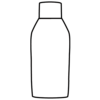
InsightArt®prototype
The creative process and the insights from the research are condensed in product or design prototypes or strategy concepts.
more…
They provide practical inspiration for the development process. They are developed together in InsightArt®teamLabs on the basis of insights or in iterative loops in an InsightArt®consumerLab directly with the target group.
less…
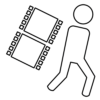
InsightArt®show
Even complex content is conveyed clearly with sound and moving images.
more…
If you want to quickly get employees or cooperation partners on board, cinematic or interactive presentations provide quick access to the state of development. Instead of getting lost in endless PowerPoint deserts, we design presentation forms that facilitate the connection to the project.
less…
Applications & AI
“Eddi’s Journey” shows where we work with the latest technology at INNCH. This is more than just artificial intelligence.
The video itself was created using a 3D program, professional special effects tools and various AI tools. At the beginning of the film, “Eddi” is digitally assembled and then acts as a kind of guide through the various use cases. The tools used are listed in the credits. Turn on the sound: The soundtrack is partly — from minute 01:08 as an extension of a separate track — artificially generated. Have fun!
Basics
Practical Basics
Many years of creative practice from advertising agencies, film production and interactive media.
Many years of practice in qualitative-psychological research: basics, trends, advertising, product, etc.
Many years of experience in the implementation of creative workshops
more…
Artistic thinking and many years of artistic activity
Experience in the field of vision development and start-up consulting
Extensive practical experience with creativity techniques (partly self-developed) and creativity methods such as TRIZ, Design Thinking, Creative Problem Solving, etc.
less…
Theoretical basics
Gestalt psychology, analytical psychology, cognitive psychology, morphological psychology, neuropsychology, embodiment and enactivism
Sensory / artistic / practice-integrating research
Design and innovation research
more…
TRIZ (Theory of Inventive Problem Solving)
Own design psychology
Own research results on creative thinking
UX / CX design
less…
The basis of our innovation workshops is also a psychological study we conducted ourselves on creative processes and creative thinking. You can download the study here as a ➔ PDF free of charge (in German language).
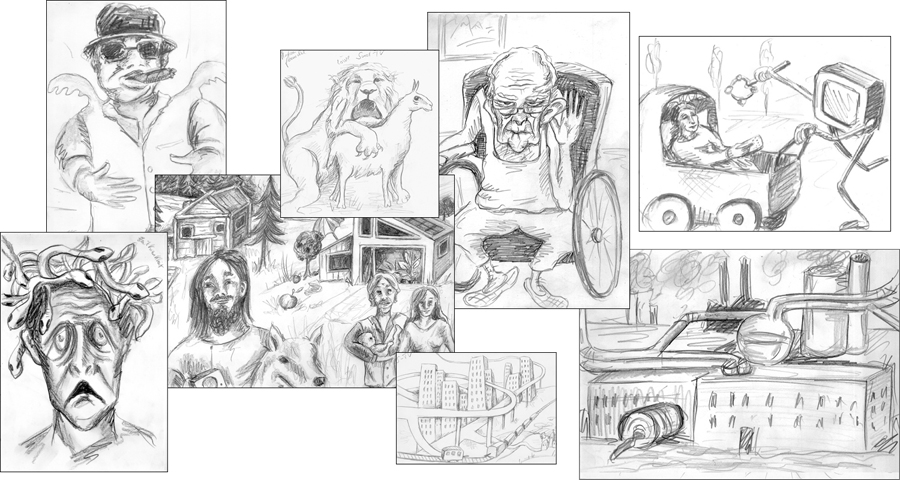
Phantomscribbling: Sketches created in dialogue with consumers (sensory research is part of InsightArt®research)
